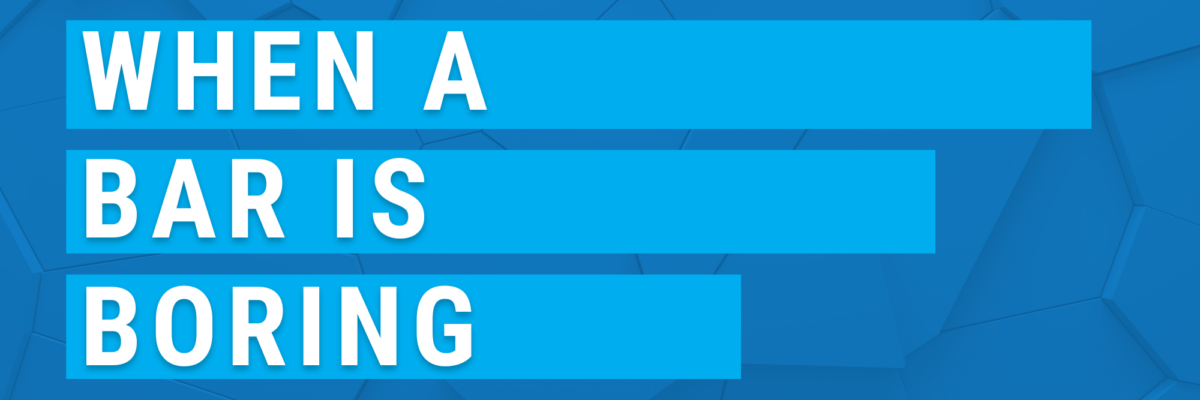When a bar is boring, buy everyone a round of tequila shots.
LOL ok that might work for your favorite neighborhood pub but your bar chart is gonna need something else.
But first let me just back up to say:
There’s absolutely nothing wrong with a bar chart.
Bar charts are easy to read, for most people. Being easy (in this case, but not at the neighborhood pub) has its advantages.
Bar charts are also familiar, for most people. Easy + familiar means your audience doesn’t get hung up on decoding the chart. They just move right on to the thinking you’re prompting and the discussion you’re hosting. That’s awesome, right?

However, I know you run into situations where the trusty bar just isn’t cutting it anymore.
Your boss is asking you to make the data viz more exciting (and you tried giving it a tequila shot but nothing happened).
Your data makes sense as bar charts but a whole report full of bars is making your eyes cross. You wanna shake it up a little.
You’ve just learned about a new chart type and you wanna show off your chops.
Whatever the reason, here are some decent alternatives for a single series (that’s just one set of bars, versus a cluster of bars side by side) bar chart.
Try a lollipop.

Lollipops focus on what would be the end of the bar, but it’s kinda still essentially a bar chart. A good move if you aren’t trying to freak out your audience with too many big changes.
Try a dot plot.

Dot plots ramp up a lollipop a little more and have the added advantage of a flexible x-axis. Whereas bars should start at zero, because we’re decoding by looking at length, you don’t have that issue with a dot plot.
Is it actually change over time?
I see this confusion often. If the labels are years, maybe this should be a line chart. But one series in a line chart can look kinda lonely, so try a line + area chart.

This better tells a story about trend.
Highlighting just one bar?
Go for a pie, why doncha?

Just group up all the other categories into one wedge and put your focus wedge in an action color.
Backpedal to the bar and add color.

If you’ve got some meaningful subgroups in your bar, color-code them. Now it’s no longer a bar chart, it’s a **~~colorful~~** bar chart.
We teach how to make all of these in my Certification Program and in the Data Viz Academy, of course.
Sometimes this bar chart rumspringa lands you a new mate and other times you go through all those other options just to discover your original bar chart is perfectly fine.
How will you decide which option is best? Listen to your audience and picks what engages them with the data (not the chart type – with the data itself).
If you’ve got two series in your bar chart, you have even more options. Check out Ama Nyame-Mensah’s ideas here. She’s a Tableau and R coach in our Certification Program and she’s full of good suggestions.

